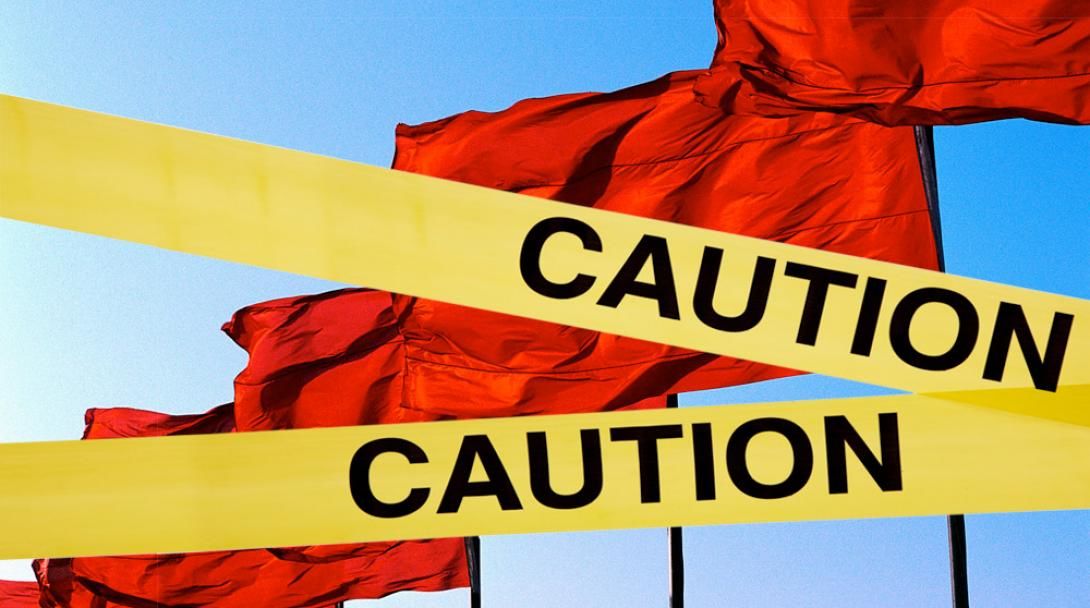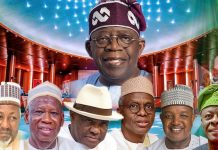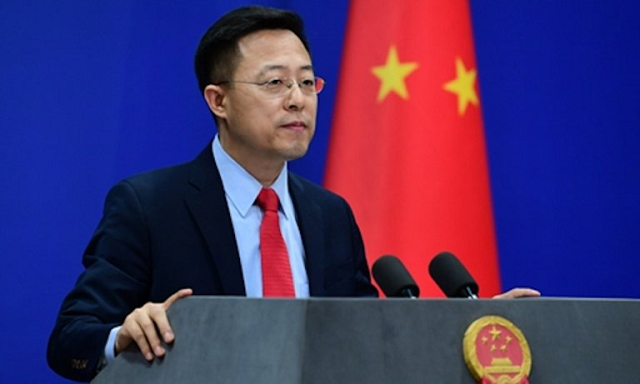The newly elected President of the United States, Joe Biden is to make tackling the coronavirus pandemic his top priority following his win over Donald Trump.
His transition team announced that the President-elect’s first steps in his transition plan would push for more testing and Americans would be asked to wear masks.
On Monday, Mr. Biden is expected to name a 12-member coronavirus task force.
Mr. Trump has yet to accept the outcome of the election and Mr Biden’s victory remains a projection as key states are still counting votes.
However, the Democrat is forging ahead with his plans for assuming power in January after major US networks called the election in his favour on Saturday.
That reportedly also includes a slew of executive orders – written orders issued by the president to the federal government that do not require congressional approval – aimed at reversing controversial Trump policies. According to US media:
- Mr. Biden will rejoin the Paris climate agreement, which the US officially left on Wednesday
- He will reverse the decision to withdraw from the World Health Organization
- He will end the travel ban on citizens from seven mostly Muslim countries
- He will reinstate an Obama-era policy of granting immigration status to undocumented migrants who entered the US as children
In his first speech as president-elect on Saturday, Mr Biden said it was “time to heal” the US and vowed “not to divide but to unify” the country. Addressing Trump supporters directly, he said: “We have to stop treating our opponents as enemies.”
He and Vice-President-elect Kamala Harris have launched a website for the transition, saying the team will also focus on the economy, tackling racism and climate change.
The projected election result means Mr Trump becomes the first one-term president since the 1990s. The Republican president’s campaign has filed a barrage of lawsuits in various states but election officials say there is no evidence that the vote was rigged against him, as he has said.
Meanwhile, the General Services Administration, a government agency tasked with recognising the president-elect and beginning the transition process, has so far not done so.
Its administrator Emily Murphy, who was appointed by Mr Trump, has given no indication when this could happen. Until then, Mr Biden’s transition team cannot access government funds or communicate with the federal agencies it will be staffing.
Media reports suggested senior Republicans remained divided over how to react to Mr Biden’s victory, with some refusing to publicly acknowledge the result of the ballot.
The Republican leader in the House of Representatives, Kevin McCarthy, told Fox News that all recounts and legal challenges should be completed, adding: “Then and only then, America will decide who won the race.”
But former Republican President George W Bush congratulated Mr Biden on his victory, saying the American people could have confidence that the election had been fundamentally fair and that its outcome was clear. He also congratulated Mr Trump on a hard-fought campaign.
What’s Joe Biden’s pandemic plan?
The president-elect is vowing a major shift in the way the White House approaches coronavirus after Mr Trump repeatedly downplayed its gravity and resisted public health measures including wearing masks and social distancing.
The Biden team has said it will ensure all Americans had access to regular and free testing and provide “clear, consistent, evidence-based guidance”. The task force will be led by former surgeon-general Vivek Murthy and a former commissioner of the Food and Drug Administration, David Kessler.
Mr Biden also wants rules mandating the wearing of masks across the country, which he says would save thousands of lives. He plans to call on every American to wear a mask when they are around people outside their own household and wants state governors and local authorities to make this obligatory.
The president-elect has regularly appeared in public wearing a mask while Mr Trump has largely avoided doing so.
US cases rose by more than 100,000 on Sunday for the fifth day in a row while more than 237,000 people have died. Earlier this month top US virus expert Dr Anthony Fauci said the US “could not possibly be positioned more poorly” as the country approached winter and people spent more time congregating indoors.
Mr Biden also announced plans to reboot the virus-hit US economy, which has seen millions more people become unemployed, by boosting manufacturing, investing in infrastructure, making childcare more affordable and reducing the wealth gap between different ethnic groups.
How will he tackle ‘systemic racism’?
In another break with the Trump era – which saw Mr Trump accused of stoking of racial tensions and failing to condemn white supremacist groups – Mr Biden aims to make addressing racism a central pillar of his administration.
He wants measures including better access to affordable housing for black and minority communities, fair treatment and pay for workers and enabling the Federal Reserve – the US central bank, which sets monetary policy – to do more to reduce racial wealth disparities.
Mr Biden also wants to transform US policing by banning the use of chokeholds that have been involved in high-profile deaths at the hands of police, stopping the transfer of “weapons of war” to police forces and creating a national police oversight commission.
He further plans to reduce the US prison population, which at more than two million people is the biggest in the world and includes a disproportionate number of black and minority inmates, and focus more on “redemption and rehabilitation”.
“Our criminal justice system cannot be just unless we root out the racial, gender, and income-based disparities in the system,” his plan says.
The US has been roiled by protests against police brutality in the run-up to the election. Footage of the death of George Floyd in police custody in Minneapolis in May sparked outrage around the world, and exit poll showed that racial inequality was the second-biggest factor determining how people voted after the economy.
















